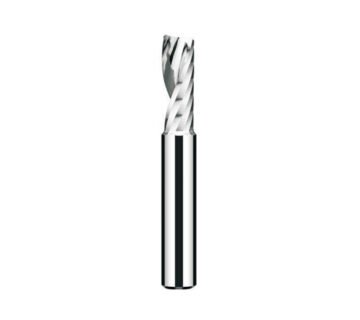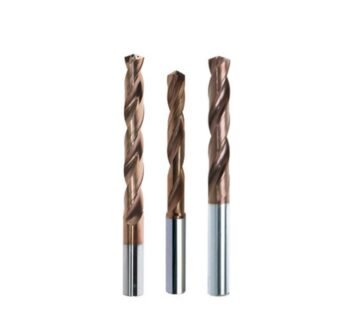Continuing from the previous article, this piece explores additional issues that users may encounter when utilizing tungsten carbide drill bits and provides detailed solutions to address these problems effectively.
Vibration and Chatter:
Problem: Vibrations and chatter can occur during drilling operations, leading to poor hole quality, reduced tool life, and potential workpiece damage.
Solution: Ensure proper workpiece clamping to minimize material movement. Using a suitable drill bit with the correct geometry, such as an optimized point angle, can also help reduce vibrations. Maintaining precise drill bit alignment, controlling drilling forces, and adjusting the drilling speed and feed rate can further minimize vibrations and chatter.
Runout and Misalignment:
Problem: Runout refers to the deviation of the drill bit from its intended axis, resulting in inaccurate hole positioning and potentially damaging the workpiece.
Solution: Regularly inspect and calibrate the drilling machine or drill press to ensure the drill bit runs true. Invest in high-quality drill chucks and holders that minimize runout. Additionally, using center punches or pilot holes can help guide the drill bit and improve alignment accuracy.
Clogging in Deep Hole Drilling:
Problem: Deep-hole drilling can create challenges, as chips can accumulate and clog the flutes, reducing cutting efficiency and causing heat buildup.
Solution: Utilize specialized deep-hole drill bits that feature designs with spiral flutes or coolant channels, allowing effective chip evacuation. Employ peck drilling techniques to break up chips and facilitate their removal from the hole. Using appropriate cutting fluid and adjusting the drilling parameters can also help prevent clogging and improve performance.
Work Hardening:
Problem: Certain workpiece materials, such as stainless steel or hardened steels, can work harden during drilling, making it difficult for the drill bit to penetrate the surface.
Solution: Use specialized drill bits with appropriate geometries and coatings specifically designed for drilling hardened materials. Utilize cutting fluid or lubricant to reduce friction and control the temperature rise during drilling. Adjusting the drilling parameters, including speed and feed rate, can also help optimize the drilling process for work-hardened materials.
Premature Wear:
Problem: Tungsten carbide drill bits can experience premature wear due to factors such as incorrect speed and feed rates, improper cutting fluid selection, or inadequate drill bit maintenance.
Solution: Follow the manufacturer’s recommendations regarding speed, feed rate, and cutting fluid selection for specific materials. Implement proper drill bit maintenance practices, including regular cleaning, inspection, and sharpening or replacement when necessary. Adhering to these guidelines will help minimize wear and ensure optimal drill bit performance and longevity.
By addressing these additional issues and applying the provided solutions, users can overcome challenges and maximize the effectiveness and lifespan of tungsten carbide drill bits. Maintaining proper drilling techniques, utilizing suitable drill bits, and implementing appropriate strategies for specific drilling operations will contribute to successful and efficient drilling processes.



No comment